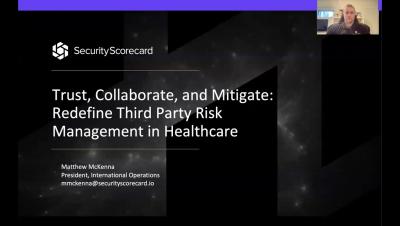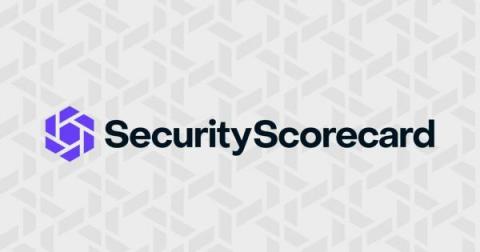Security | Threat Detection | Cyberattacks | DevSecOps | Compliance
Risk Management
Risk Management and Budget Planning
What Is Governance, Risk, and Compliance?
Traditional Supply Chain vs. Digital Supply Chain
First-Party vs Third-Party Cyber Insurance: What's the Difference?
Often it's not a question of if your business will experience a data breach, but when. Hackers are always looking for new ways to take advantage of weak networks or trick employees into falling prey to their schemes. And if your business operates computer systems or handles sensitive data regularly, you are at risk. Having the right insurance coverage to provide aid in the event of a cyber attack can save your business from expensive lawsuits and reputational damage.
Effective software security activities for managing supply chain risks
BSIMM12 reports increased attention on software security due to recent supply chain disruptions. Get recommendations for managing supply chain risks. As the global pandemic disrupted the way business is conducted, the workforce became more dispersed and moved far from the traditional secure enterprise environments.





